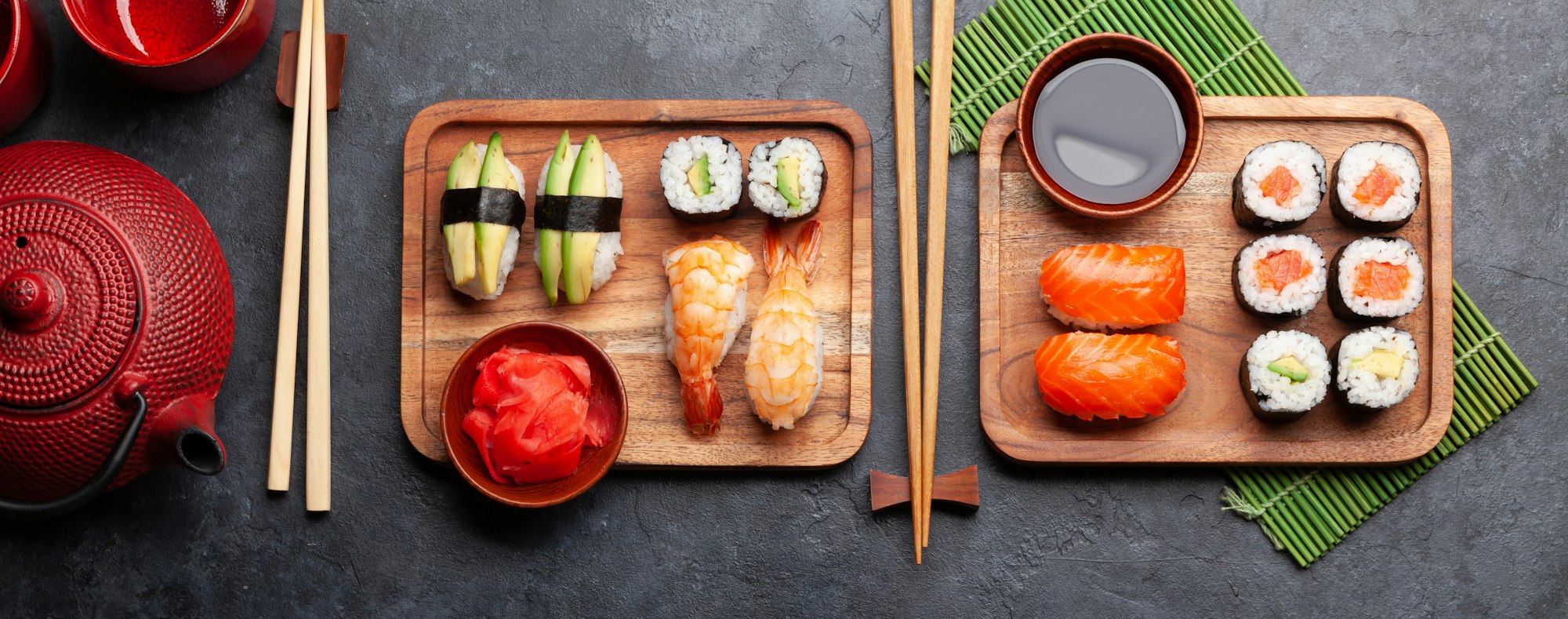How to Craft a Gourmet Spicy Tuna Roll with Fresh Sushi-Grade Fish?

If you’ve ever wanted to take your sushi skills to the next level, you’re in the right place. Today, we’ll guide you through the process of crafting a gourmet spicy tuna roll with fresh sushi-grade fish. This staple of Japanese cuisine is not only a delight to your taste buds but also an impressive dish to prepare at home. We’ll provide step-by-step instructions, including tips on choosing the right ingredients, preparing the sushi rice, and rolling the sushi like a seasoned chef. Let’s dive in!
Choosing the Right Ingredients
The first step in creating a gourmet spicy tuna roll lies in selecting the right ingredients. By using the freshest sushi-grade fish and complementing ingredients, you can ensure that the flavor and texture of your sushi roll will be top-notch.
Have you seen this : What Are the Techniques for Perfectly Silky Homemade Mayonnaise?
Sushi-Grade Tuna
When choosing your main ingredient, the tuna, ensure it is labeled as sushi-grade. This designation indicates that the fish is the highest quality and can be eaten raw. The vibrant red color of the tuna should be consistent, without any dark spots or discoloration.
Rice
Sushi rice is a specific type of short-grain rice that becomes sticky when cooked, which is essential for making sushi rolls. You’ll also need rice vinegar to season the rice, adding a subtle tangy flavor that complements the richness of the tuna.
Also read : Can You Create a Gourmet Coffee-Rubbed Brisket with a Smoky Flavor?
Nori
Nori, also known as seaweed paper, is used to hold the roll together. It offers a unique taste and texture that is a key element of sushi.
Additional Ingredients
Aside from these, you’ll also need spicy sauce, made from a blend of mayonnaise and sriracha, to give your tuna roll a kick. For added texture and flavor, consider incorporating creamy avocado, crunchy cucumber, and sweet crab meat. Finally, sesame seeds will provide a great finishing touch.
Preparing the Sushi Rice
Getting the sushi rice right is crucial to the success of your sushi roll. The rice needs to have the perfect balance between sticky and fluffy to hold the roll together without being too heavy.
Start by washing the rice until the water runs clear, which removes excess starch and prevents the rice from becoming too sticky. Once the rice is clean, cook it in a rice cooker or on the stovetop. After the rice is cooked, you will need to season it with a blend of rice vinegar, sugar, and salt. When seasoning the rice, make sure it is still warm and mix well to ensure that the seasoning is evenly distributed. Let the rice cool down before you start making your sushi roll.
Crafting the Sushi Roll
Now that your ingredients are prepared, it’s time to start rolling. Lay a bamboo sushi mat on a clean surface and place a sheet of nori on top. Wet your hands to prevent the rice from sticking, and spread a thin layer of sushi rice evenly over the nori, leaving a small margin at the top for sealing the roll.
Next, lay thin slices of sushi-grade tuna across the center of the rice. Add a line of spicy sauce over the tuna, and top with slices of avocado and cucumber for added texture and flavor.
Now comes the critical part: rolling the sushi. Using the bamboo mat as a guide, start rolling the sushi from the bottom, applying gentle pressure to keep the roll tight. Once the sushi is rolled, use the bamboo mat to shape and tighten it.
Cutting and Serving the Spicy Tuna Roll
Once you’ve rolled your sushi, it’s time to cut it into bite-sized pieces. A sharp sushi knife is key to making clean, neat cuts. Wet the blade slightly to prevent the rice from sticking, and cut the roll into six to eight pieces.
To serve, arrange the sushi pieces on a plate and garnish with a sprinkle of sesame seeds. You can also serve additional spicy sauce on the side for those who like an extra kick. Don’t forget to provide soy sauce, pickled ginger, and wasabi for a complete sushi dining experience.
Adding a Creative Twist
Now that you’ve mastered the basic spicy tuna roll, feel free to get creative! You can experiment with different types of sushi-grade fish like salmon or try adding other ingredients such as cream cheese for a Philadelphia-style sushi roll. Remember, the key to great sushi is using fresh, high-quality ingredients and balancing flavors and textures. Enjoy your sushi making journey and impress your guests with your newfound culinary skills.
Remember, practice makes perfect. Enjoy the art of sushi making, and the delicious rewards it brings.
Tips for Buying Sushi-Grade Tuna
When you’re investing in sushi-grade tuna, you want to ensure you’re getting the best quality for your spicy tuna roll. "Sushi-grade" is a term used to define fish that can be eaten raw. It’s not a regulated term, so you need to trust your fishmonger or the store where you’re buying it. Earlier, we discussed the importance of consistency in the vibrant red color of the tuna without any discoloration. This is one way to identify good sushi-grade tuna.
Another is to look at how the fish is stored. It should be kept at a temperature somewhere between freezing and refrigerated, which is typically achieved by storing the fish on a deep bed of ice. This helps keep the fish fresh and reduces the risk of bacterial growth.
It’s also important to take note of the smell. Fresh sashimi-grade tuna should have a clean, salty aroma – it should not smell fishy. If it does, this could indicate that the fish is not fresh and thus, not safe for raw consumption.
Finally, it’s worth noting that the term "sushi-grade" doesn’t necessarily mean the fish is of higher quality. It simply means it’s safe to eat raw. So while you should certainly ensure you’re buying sushi-grade fish for your spicy tuna roll, you should also consider factors like color, smell, and storage conditions when determining the quality of the fish.
Conclusion: The Joy of Homemade Sushi Rolls
Mastering the art of making sushi at home can be a rewarding experience. Not only do you get to enjoy the fresh and delicious end product, but you also gain a deeper appreciation for the complexity and artistry involved in crafting each roll.
Making a gourmet spicy tuna roll from scratch can seem daunting, but with practice, patience, and attention to detail, it becomes an achievable and even enjoyable task. Remember, the key is in selecting the freshest, sushi-grade tuna and balancing it with a variety of flavors and textures from the spicy sauce, creamy avocado, and crispy cucumbers.
The use of a bamboo mat and a sharp knife are essential tools in achieving perfectly rolled and cleanly cut sushi pieces. Serving your spicy tuna rolls with the traditional accompaniments of soy sauce, wasabi, and pickled ginger completes the dining experience.
As you continue to refine your sushi-making skills, don’t be afraid to experiment with different ingredients, like cream cheese or ahi tuna, and different types of sushi rolls. The joy of homemade sushi is in the creativity and personalization you can bring to each roll.
So, whether you’re a seasoned sushi lover or a curious beginner, this guide to crafting a gourmet spicy tuna roll is your ticket to a delightful culinary adventure. Here’s to delicious sushi made right in your own kitchen! Enjoy the journey, one roll at a time.
